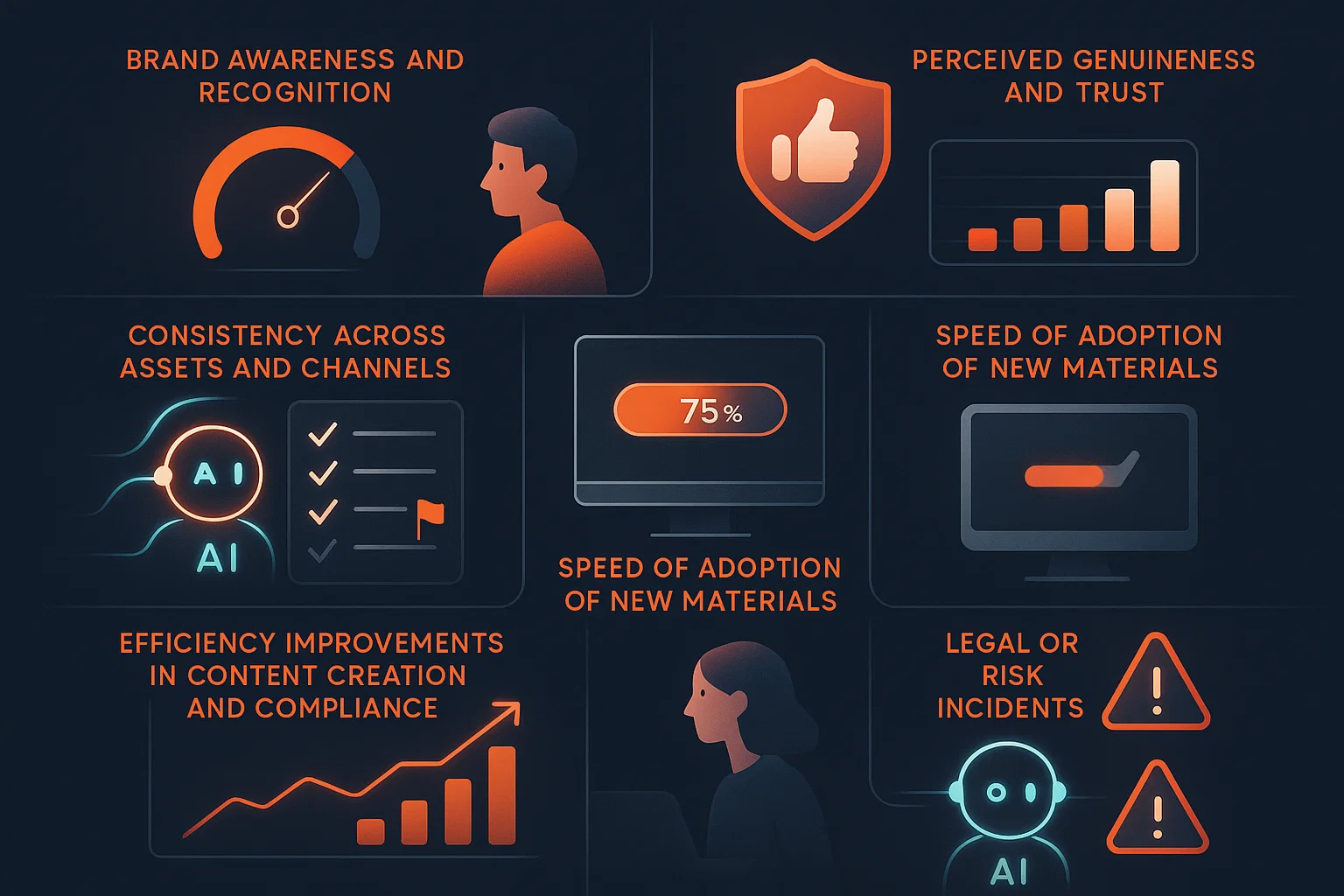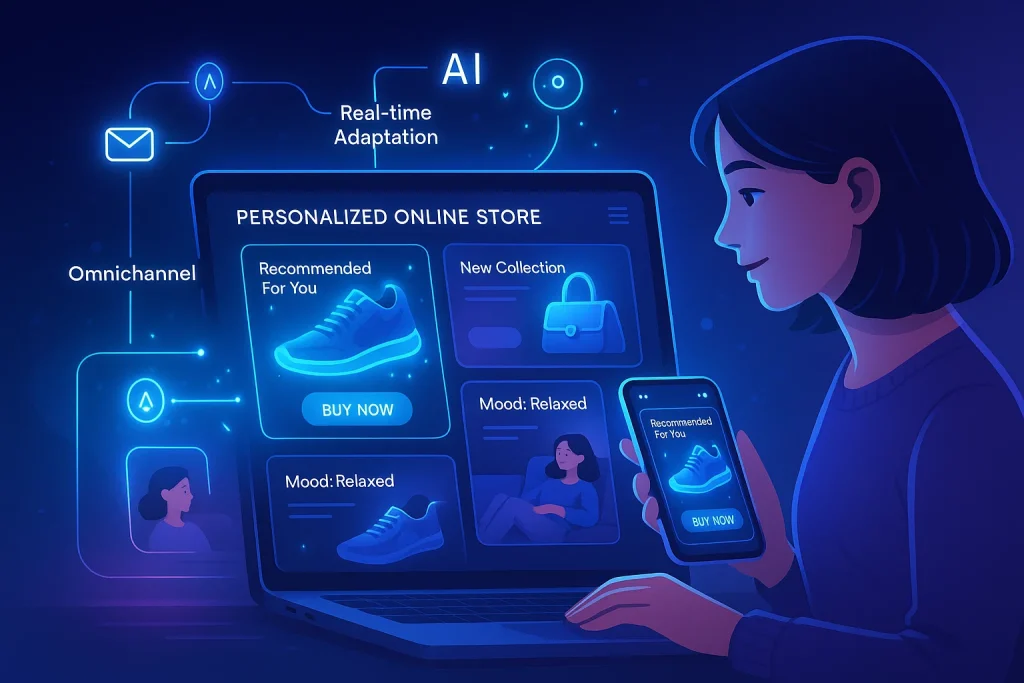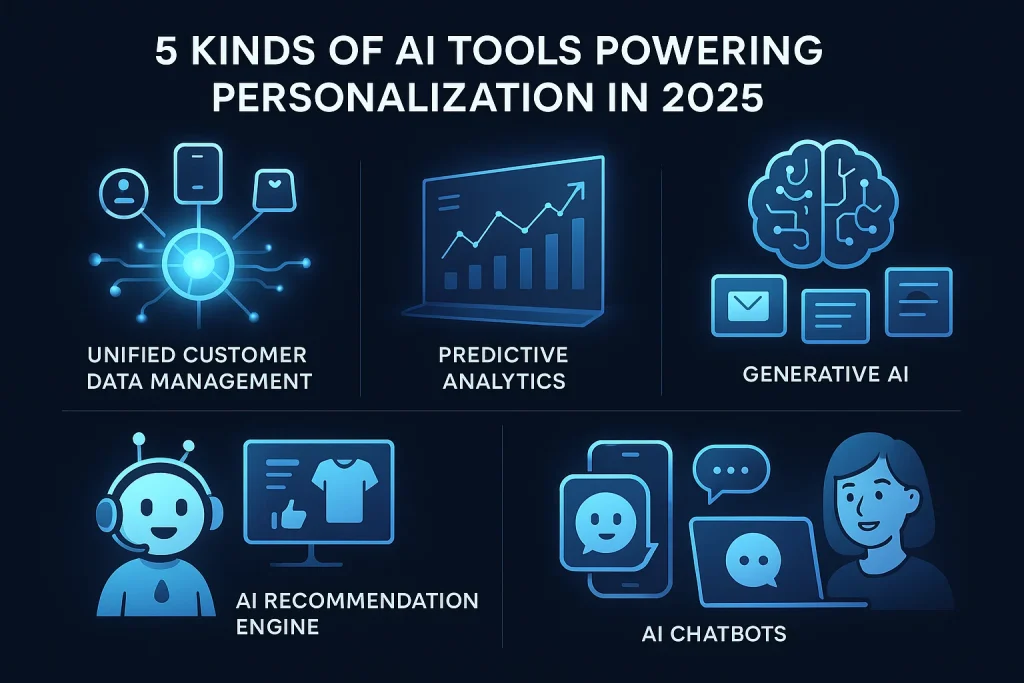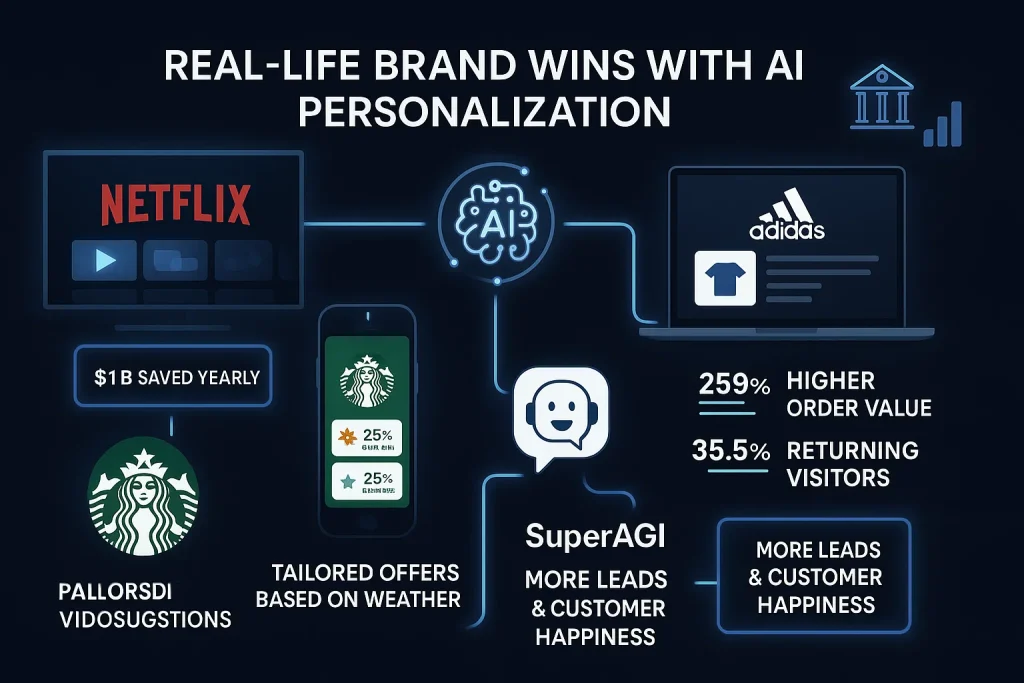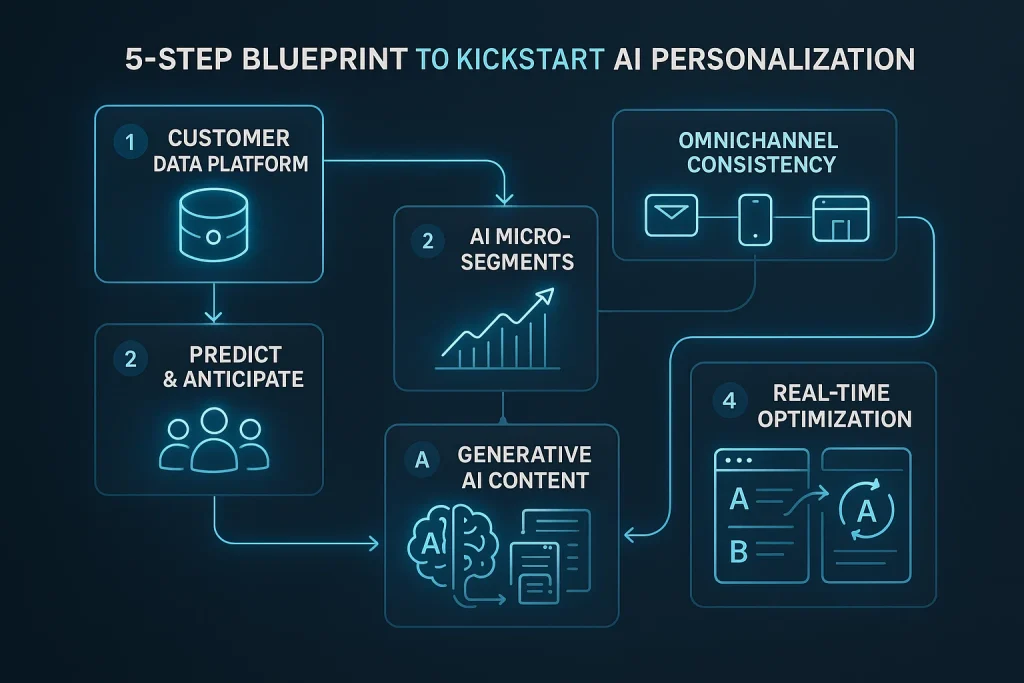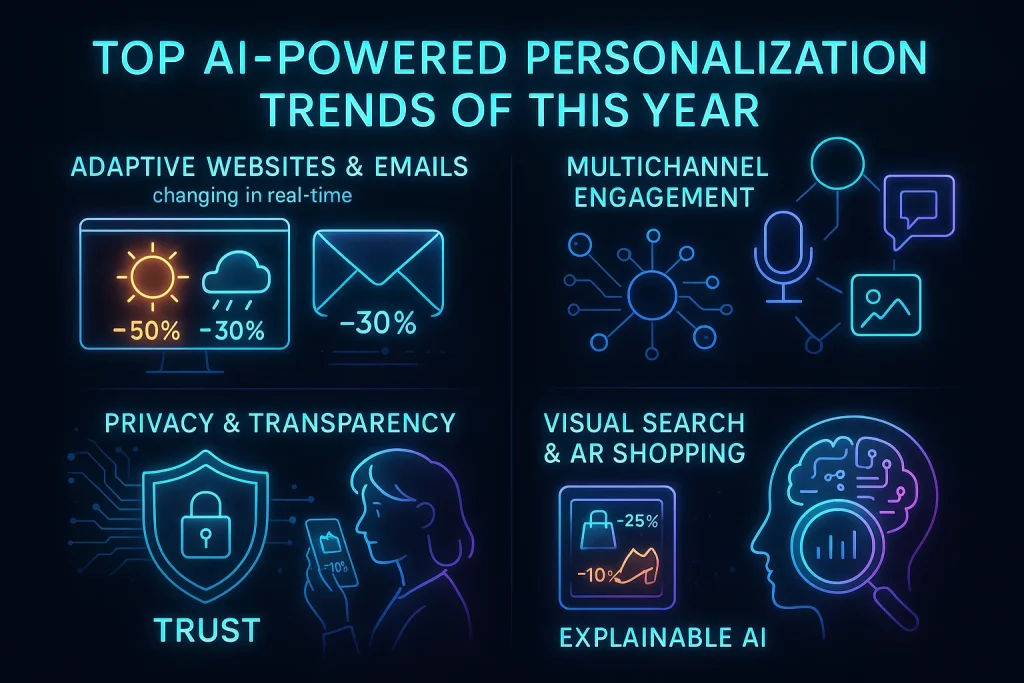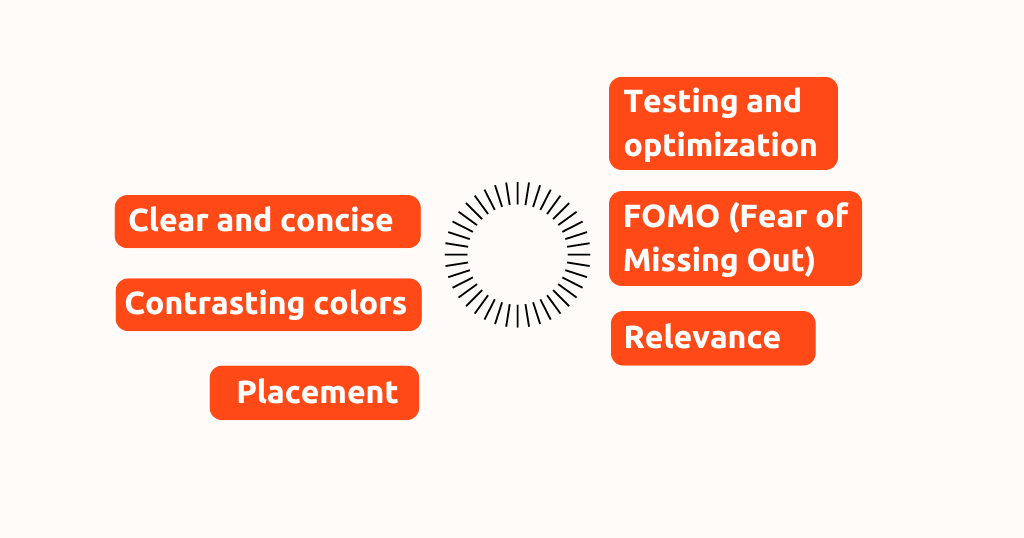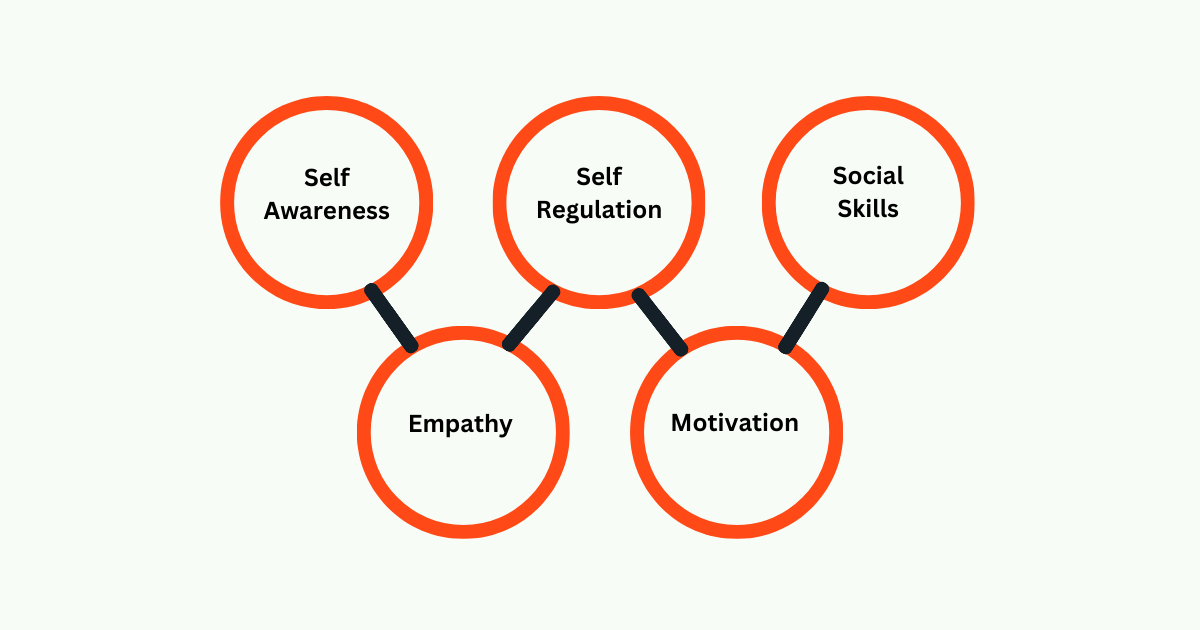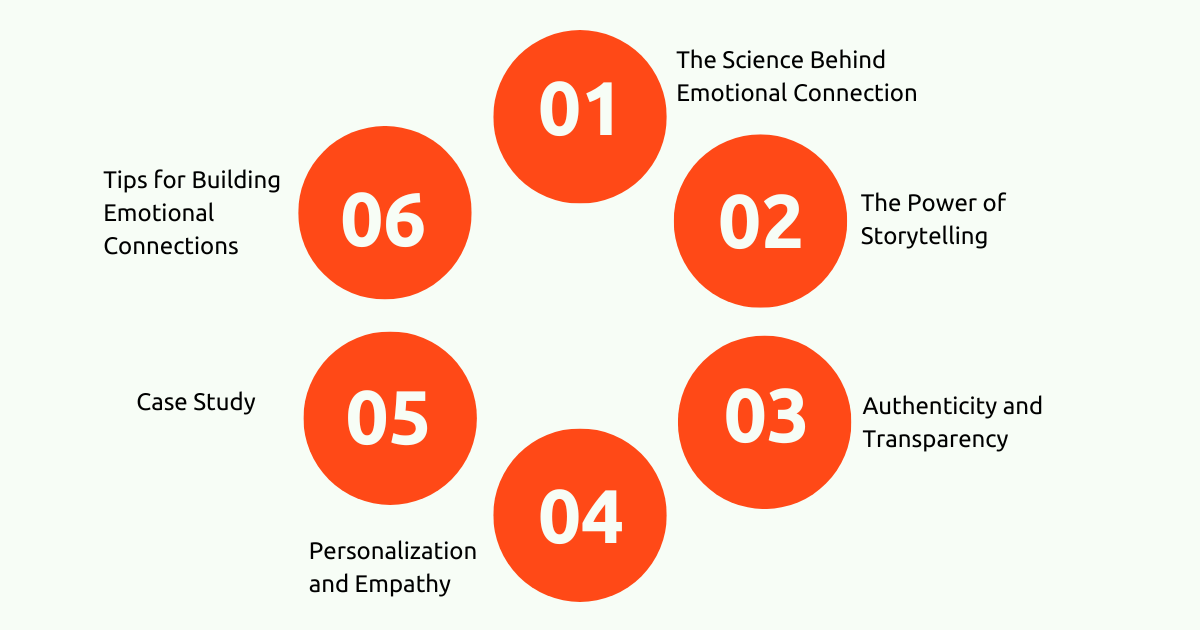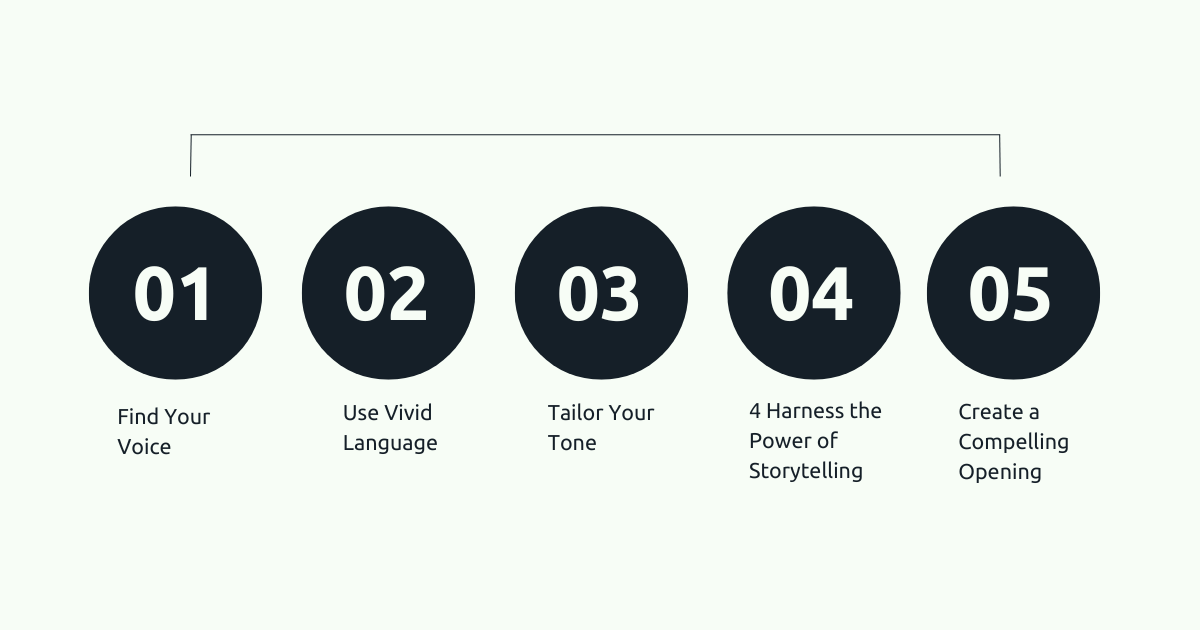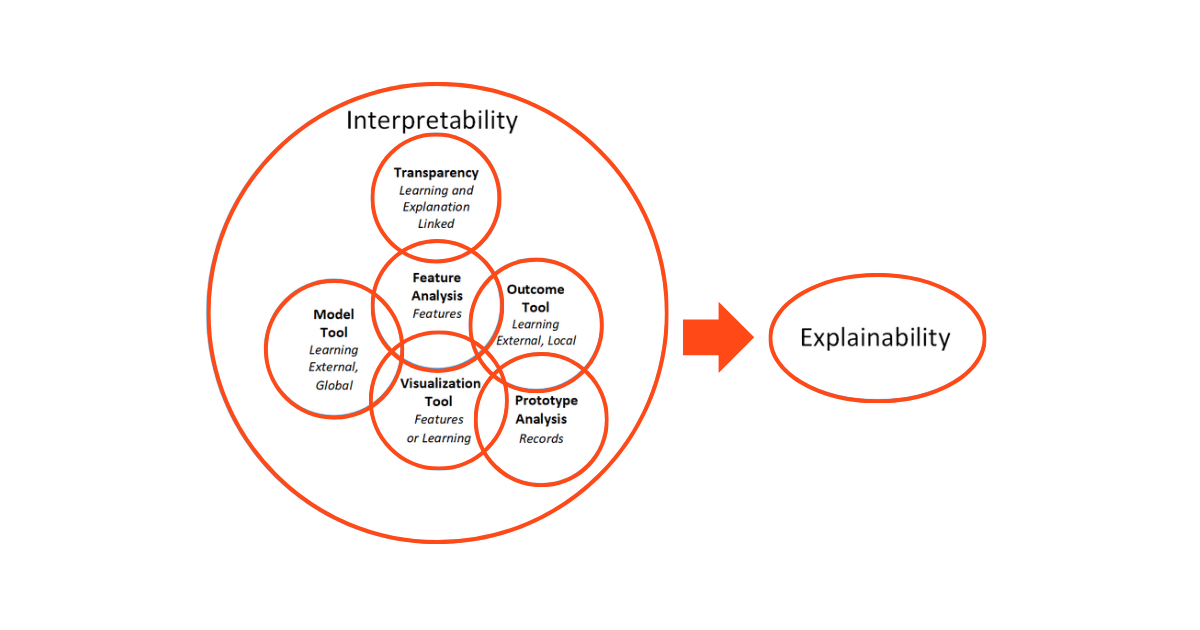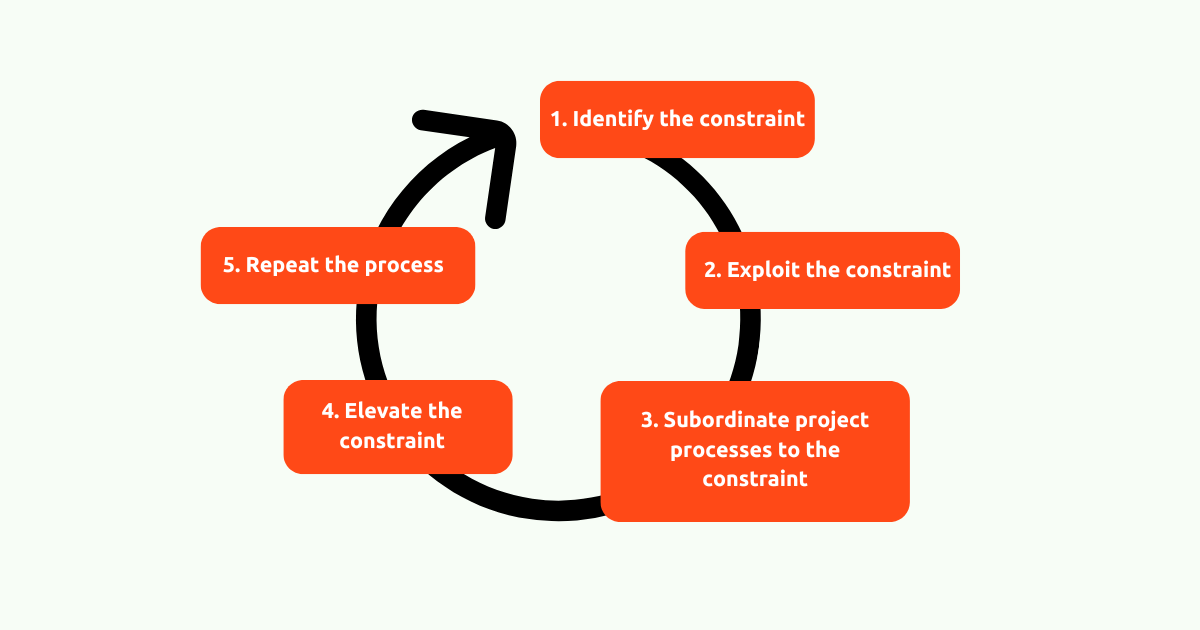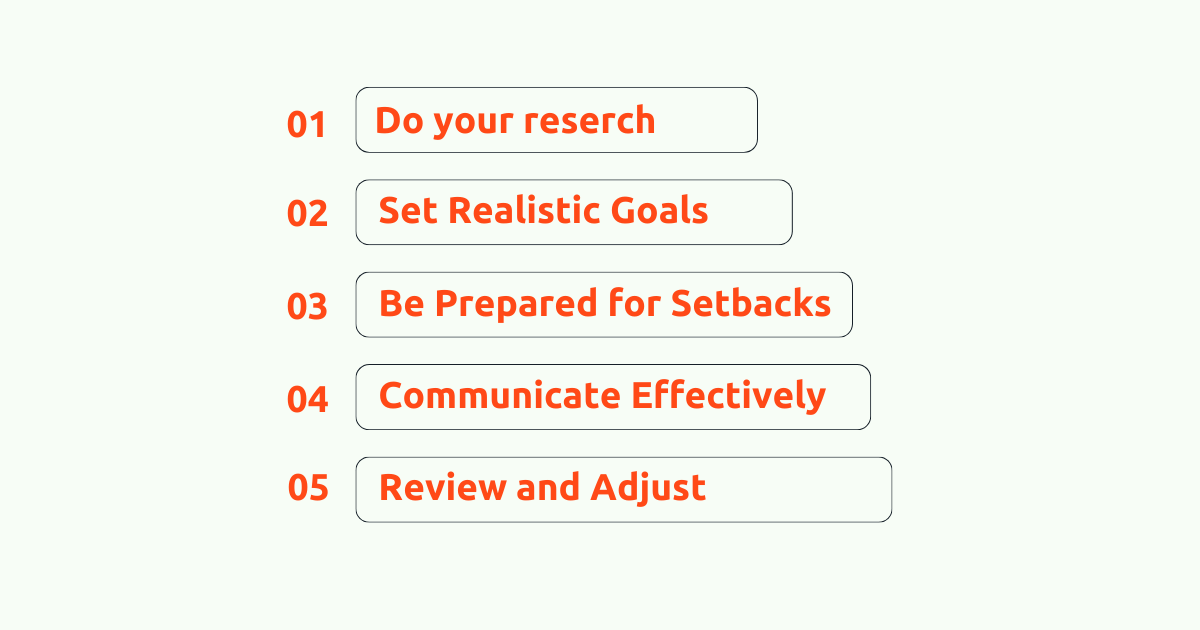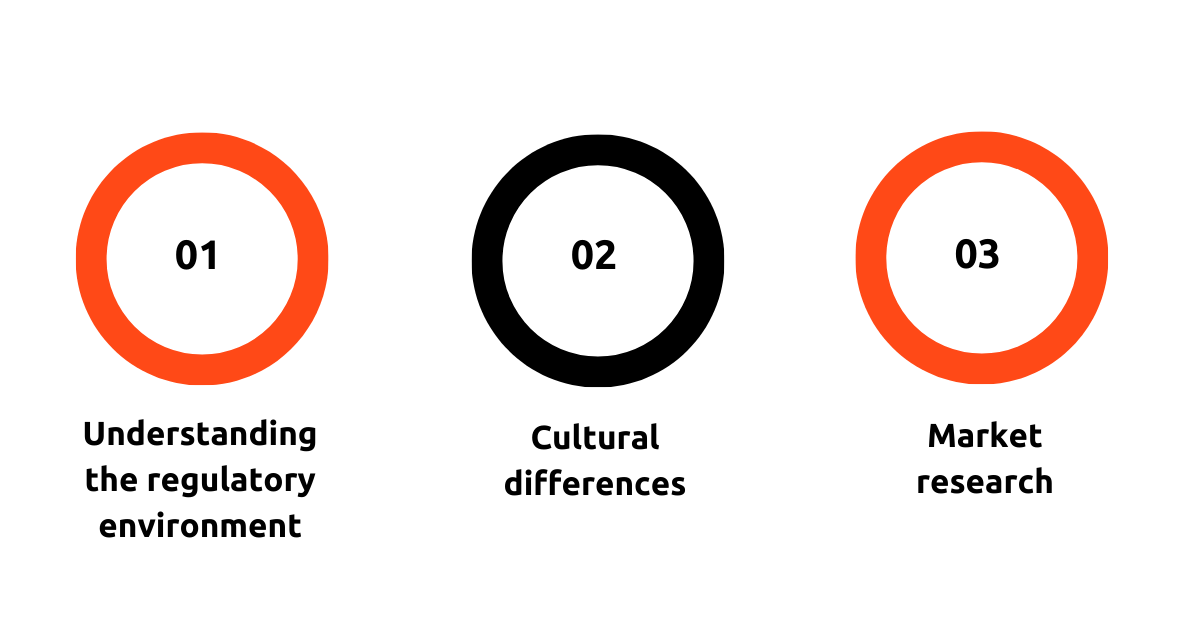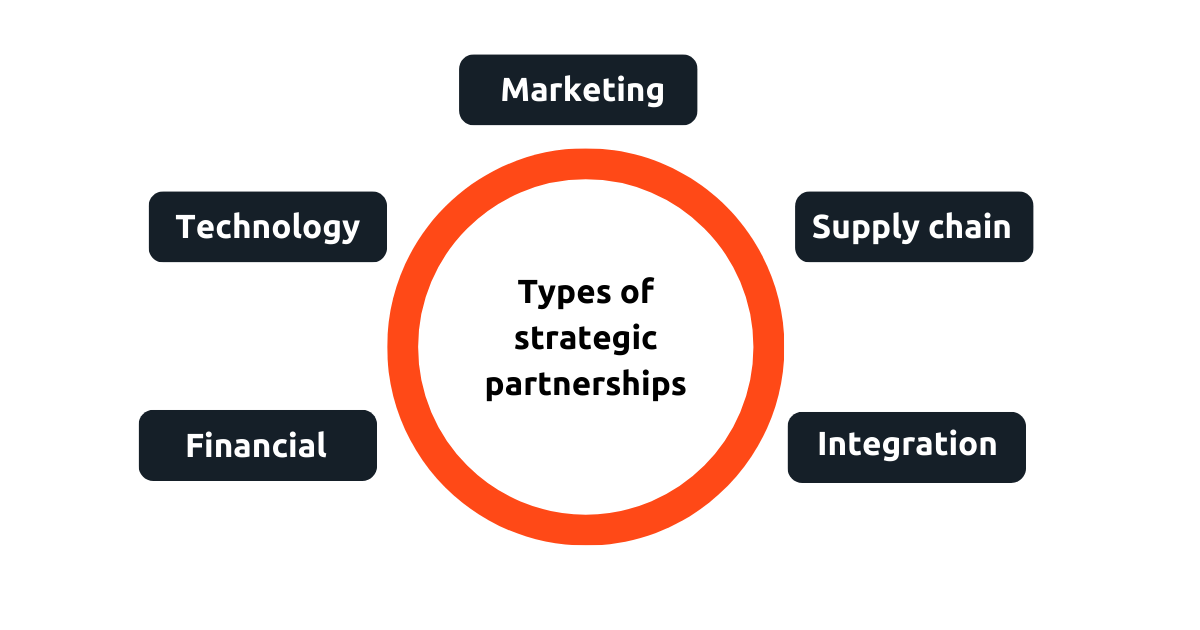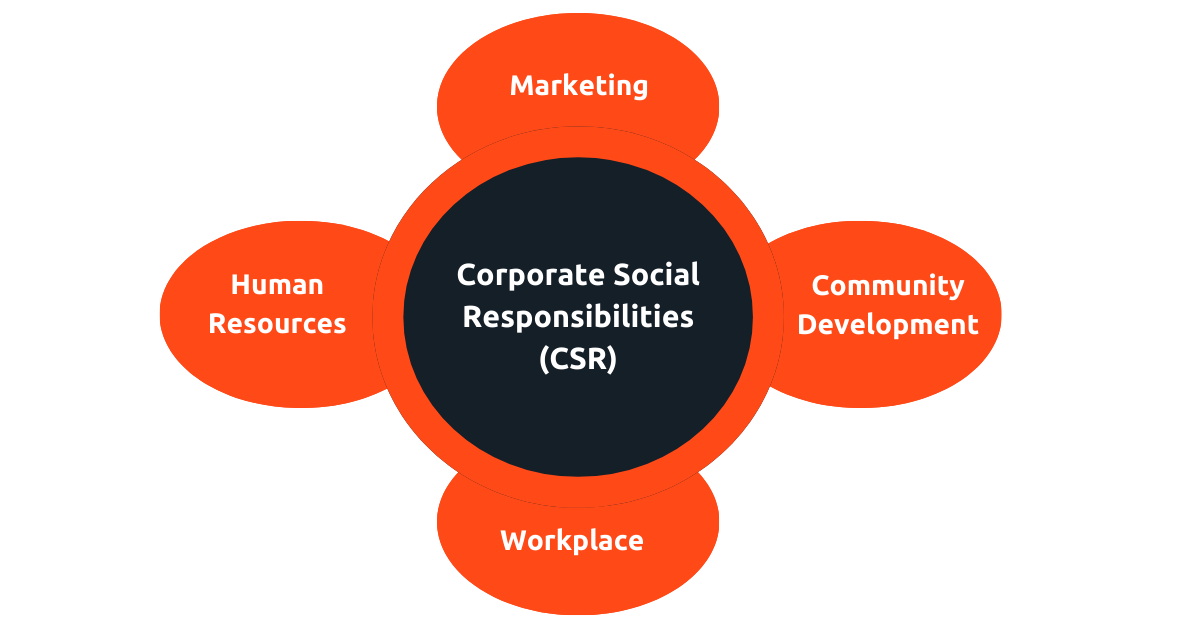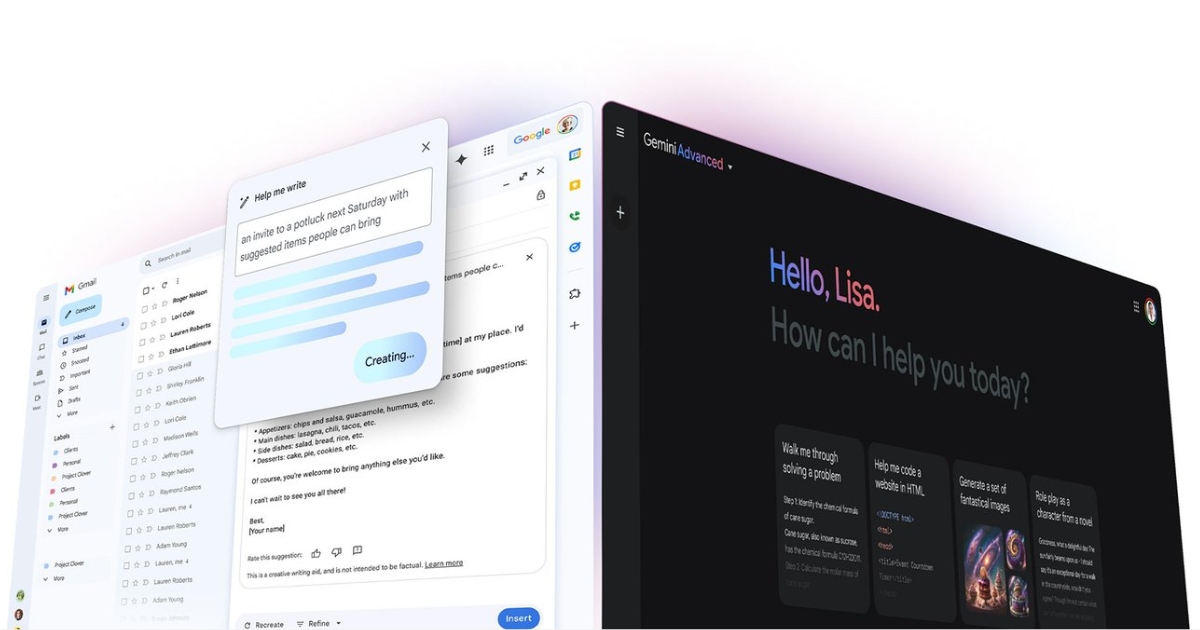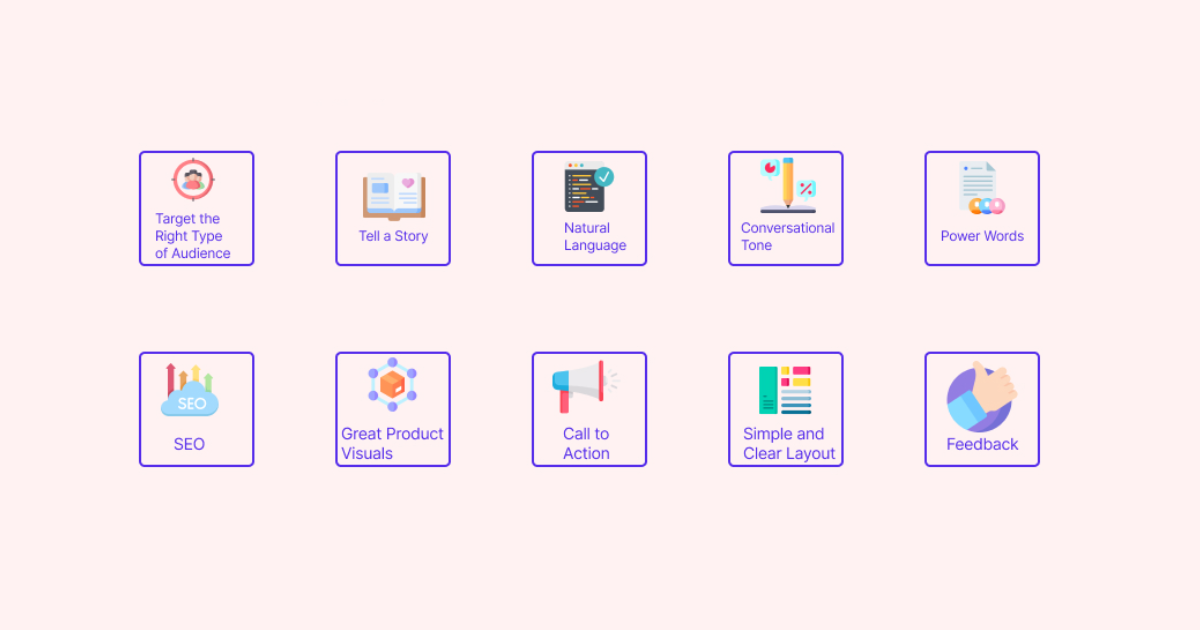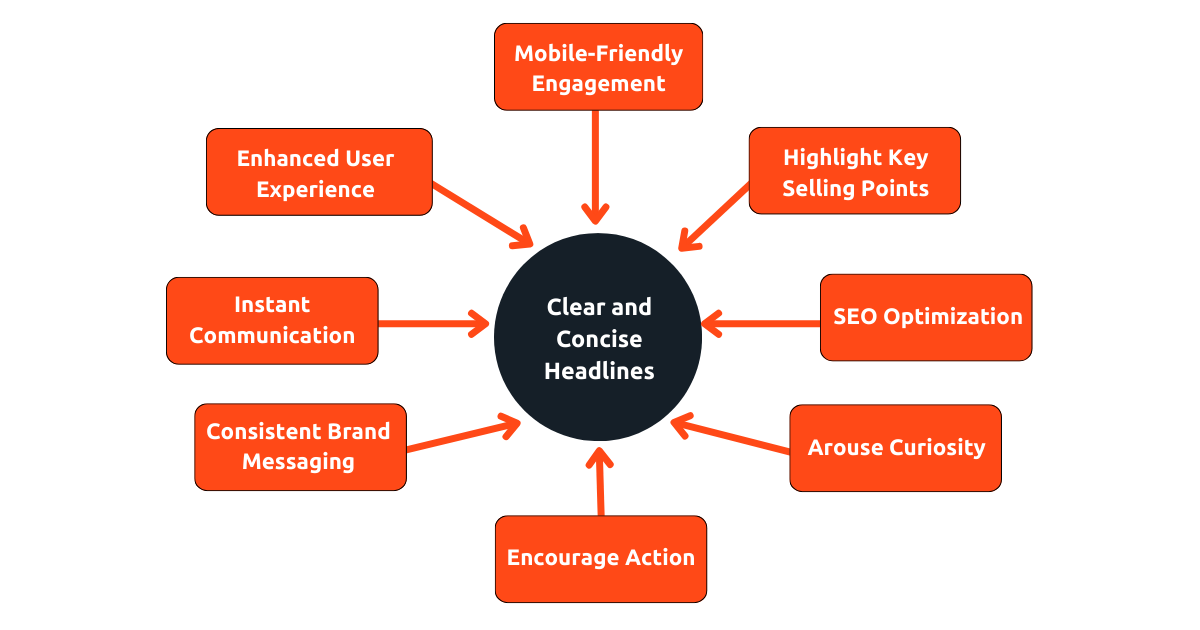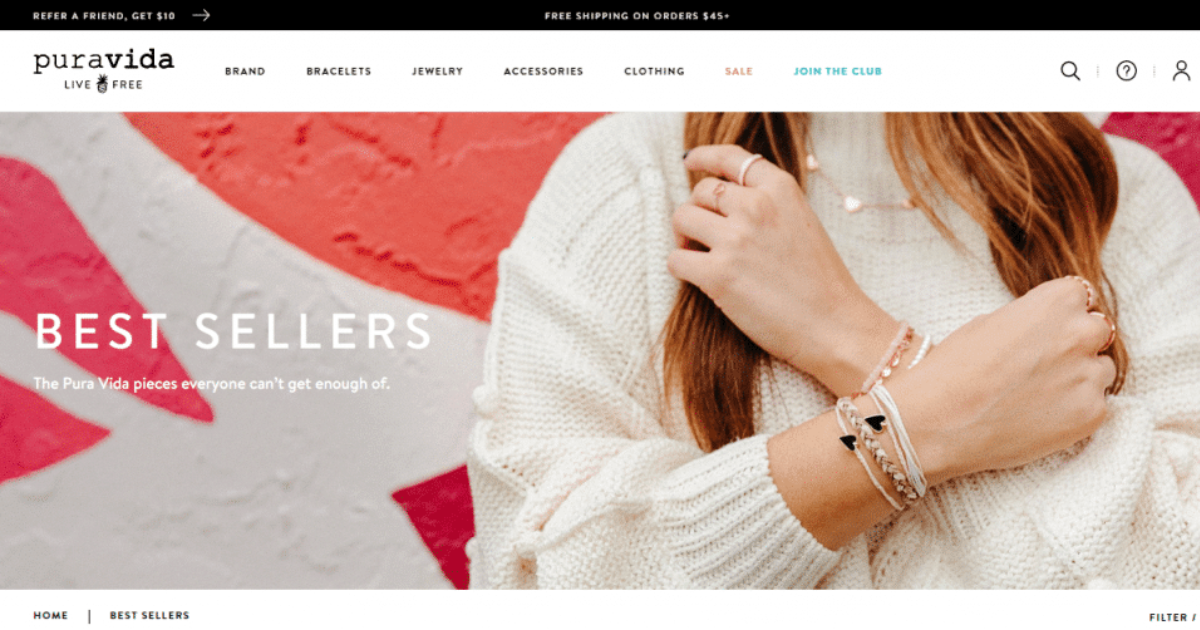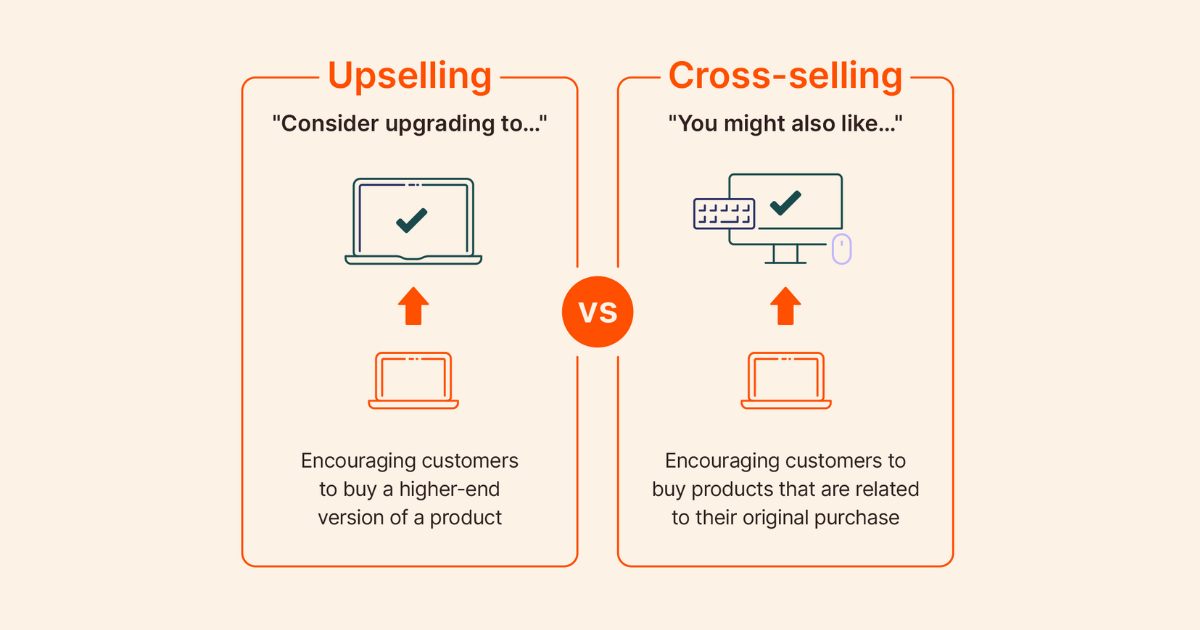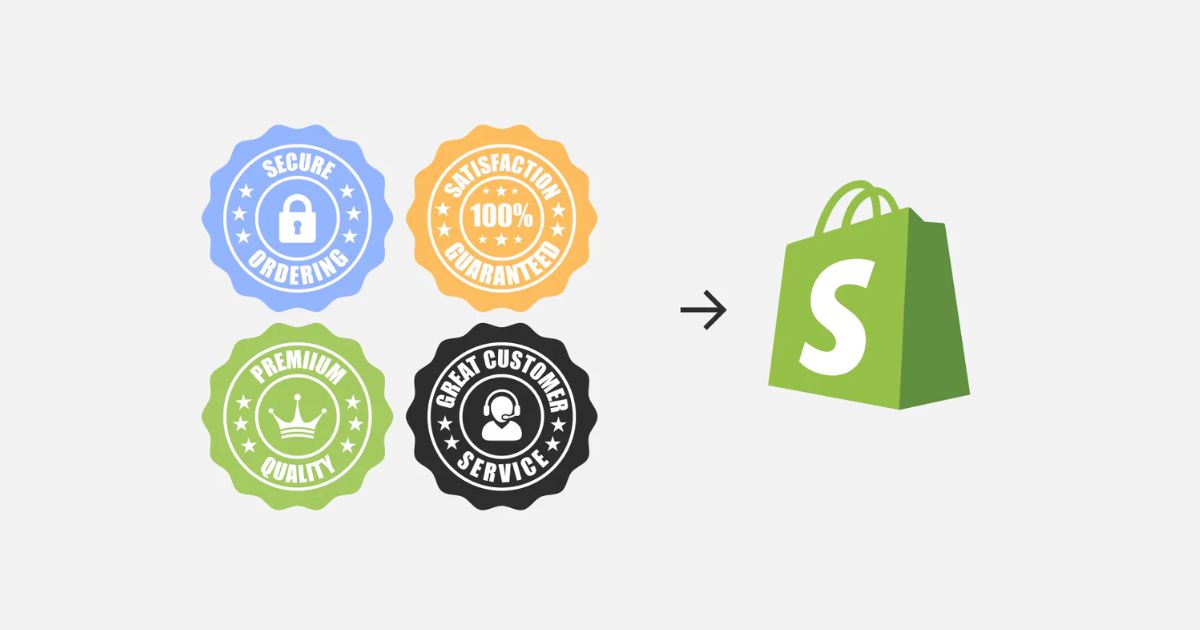Rebranding in The AI Decade: More Than Just A Logo Change
Rebranding is always a major undertaking – new visuals, maybe a new name, and refreshed messaging. However, in the current AI decade, rebranding has changed. It’s no longer about how a brand looks; it’s about how it feels, behaves and adapts. It’s about building intelligence, consistency, agility and authenticity into each touchpoint of the brand. This article dives into how rebranding today is a deeply strategic endeavour, how AI is transforming the rebranding process, what are the trade-offs, practical use cases, and what are the ways in which brands can navigate the rebranding journey well. Let’s dive into the rebranding in the AI decade!
1) The Need for Strategic Brand Alignment
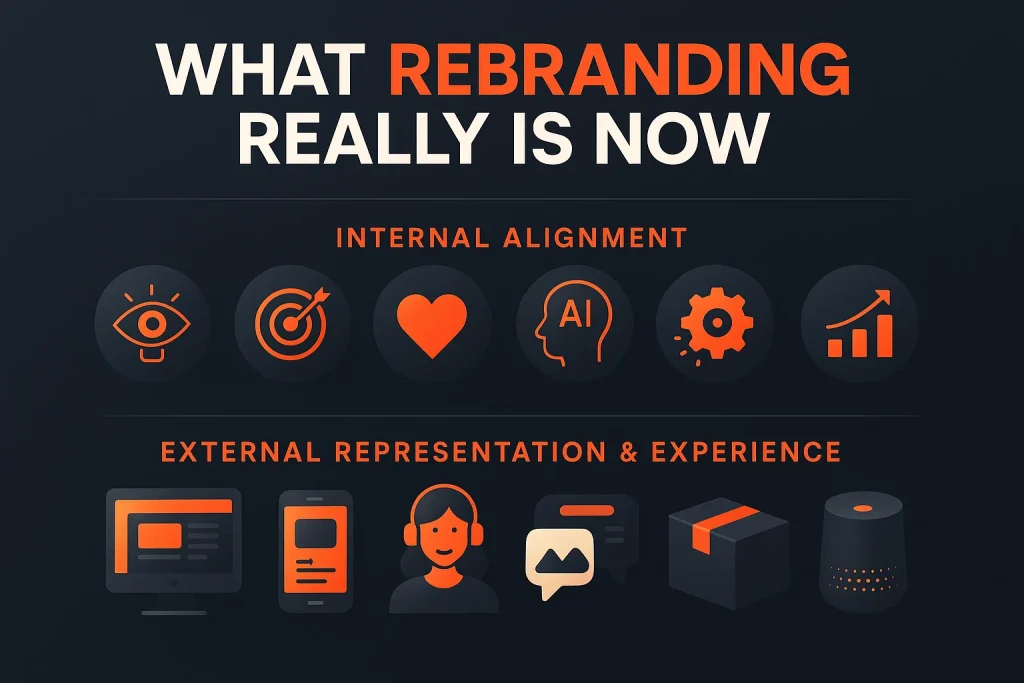
1.1. What Rebranding Really Is Now?
Traditionally, rebranding was often linked to a visual revamp – new logo, new colours, new typography. But businesses today are being transformed by rapidly shifting customer expectations, evolving technologies, environmental and ethical demands, and new competitive dynamics, particularly in the digital, AI, and data-driven platforms.
Hence, rebranding has two major dimensions:
- Internal Alignment: Making sure that the vision, mission, values, business model and technical capabilities are aligned. If a company is headed toward more AI, more automation, more personalization or data-driven services, its brand must reflect that in brand positioning, purpose and culture.
- External Representation & Experience: All touchpoints, including the website, product UI, customer service, marketing content, packaging, social media, and even voice assistants, must echo the new reality. Consistency, not visually but verbally, conceptually, and experientially, also becomes critical.
2) Future-Proofing the Brand
A rebrand is an opportunity to future-proof the brand. Some of the points which have to be taken into account today:
- Scalability: As brands expand internationally across digital platforms, they need to have systems (processes + technologies) that allow for the scale of delivery without the explosion of cost.
- Flexibility: Branding flexibility across different channels (social media, voice search, AR/VR, chatbots, etc.) without losing core identity.
- Authenticity & Trust: Consumers are becoming more interested in values, ethics, and transparency. A brand that is seen as “manufactured” or “disconnected” will lose trust fast. Rebranding needs to include not only what you say but also how you behave.
- Data & AI Integration: If you are integrating AI into your product or service, your brand should do so as well. And, on the brand side, AI can be used to assist with brand operations, content generation, asset management, and personalization. For many brands, rebranding is a process of investing in new tools, new workflows, and new people.
Positioning is no longer a tagline: positioning is what the brand does, what it says it will do, and how it acts in real-time.
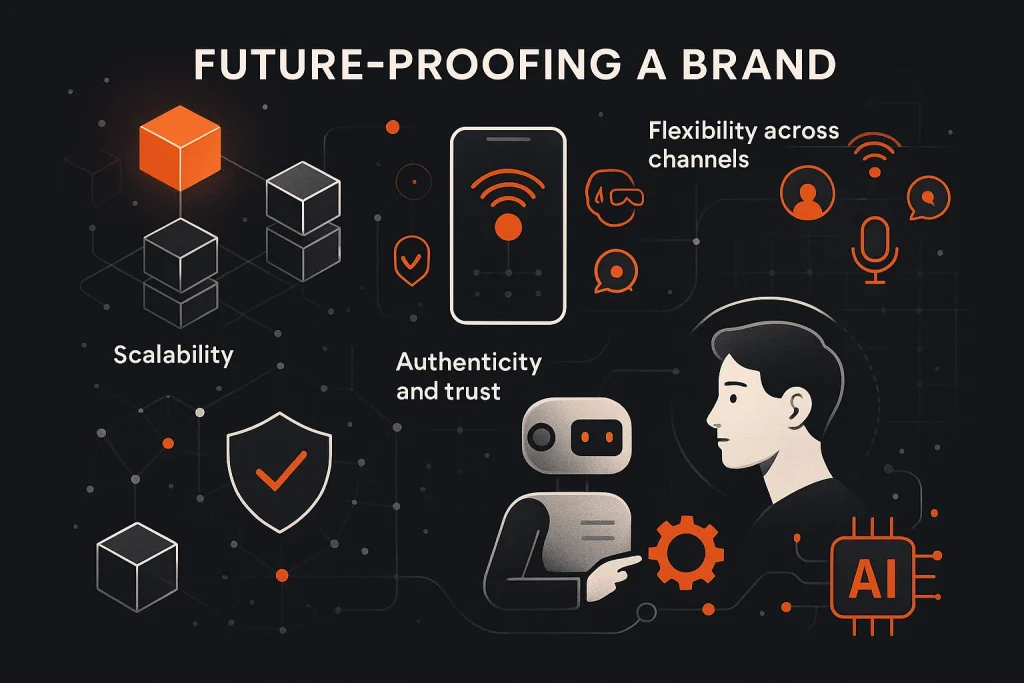
3) The Way AI is Transforming the Rebranding Process
AI is not only accelerating the design process but also changing the workflow, expectations, and abilities of brand teams. These are important methods through which AI gets in and changes rebranding.
3.1. Creative Idea Generation with Generative AI
- Creative Brainstorming: Generative AI models (text, image, and multimodel) can produce many more variants of ideas in the initial stages, such as logo ideas, changes in taglines, and voice/tone tests. These promote creative divergence: more permutations to make, and there are ideas that human beings might not come up with.
- Speed and Iteration: It used to take weeks of sketching or agency back and forth to prototype something; now it can be done in hours. Quick draughts enable expediency in the stakeholder responses, premature failures and corrections.
But, raw AI results are inevitably required human processing and refinement.
3.2 Brand Identity System Generation Assist & Visual Design Assist
- The AI tools can create not just logos, but complete identity systems, colour palettes, typefaces, templates, iconography, patterns, and guidelines of imagery. Certain tools also transform visuals across platforms automatically.
- AI-based style transfer algorithms can be used to transform existing content and refashion it to fit new brand specifications (e.g. transforming older assets into a new design voice) or include seasonal/thematic modifications without changing overall visual identity.
- We can impose visual consistency through the use of AI: e.g. automated detection of the use of off-brand logo, violations of colour, misuse of fonts. It is not necessary to manually scan each asset anymore.
3.3 Brand Voice, Messages, and Consistency of Language
- Natural Language Processing (NLP) tools may be used to maintain the tone, voice, vocabulary, grammar, and style (e.g. across various materials, such as on the website, on social media, and with customer messages). Artificial intelligence can highlight a mismatch of tones or even provide more on-brand suggestions.
- Customization becomes simpler: With the audience data, AI may assist in customizing the messages to demographics (by culture, region, user preferences) without changing the fundamental brand voice.
- Content generation: AI is able to generate the drafts of blogs, social media posts, product descriptions, etc., which can then be polished by human editors. This makes brands keep pace with demand and remain consistent in a large number of channels.
3.4 Asset / Workflow Efficiency & Governance
- Asset management: moving old assets to new guidelines. Securing the old visuals or marketing content to be retired or renewed. All cases of an old logo or a colour may be found with the help of AI and should be replaced or flagged automatically.
- Compliance, brand risk: Compliance tools can minimize mistakes. The legal or regulatory compliance (e.g. making sure claims in messaging are not inconsistent, affording the possibility of trademark infringement) across various jurisdictions can also be assisted by AI.
- Dynamic style guides version-controlled: AI or AI-assisted tools can create new style guide resources, and people can check their adherence to it (e.g. a content-creator posts something; AI determines whether the font, colour, etc. match).
3.5 Data-Driven Decision Making
- Research and insight: AI allows investigating and processing of lots of data (feedback, reviews, social media, metrics of usage) to comprehend what the current perceptions of a brand are, what needs to be altered, and what should be valued.
- It is more efficient to conduct A/B testing of various messages, visual communication, and even alternative brand identities with the help of AI.
- Predictive analytics: AI helps to make decisions ahead of time, making brands evolve as opposed to responding to industry changes. E.g., seeing changes in tone/values within an industry or among consumers, and predicting them during rebranding.
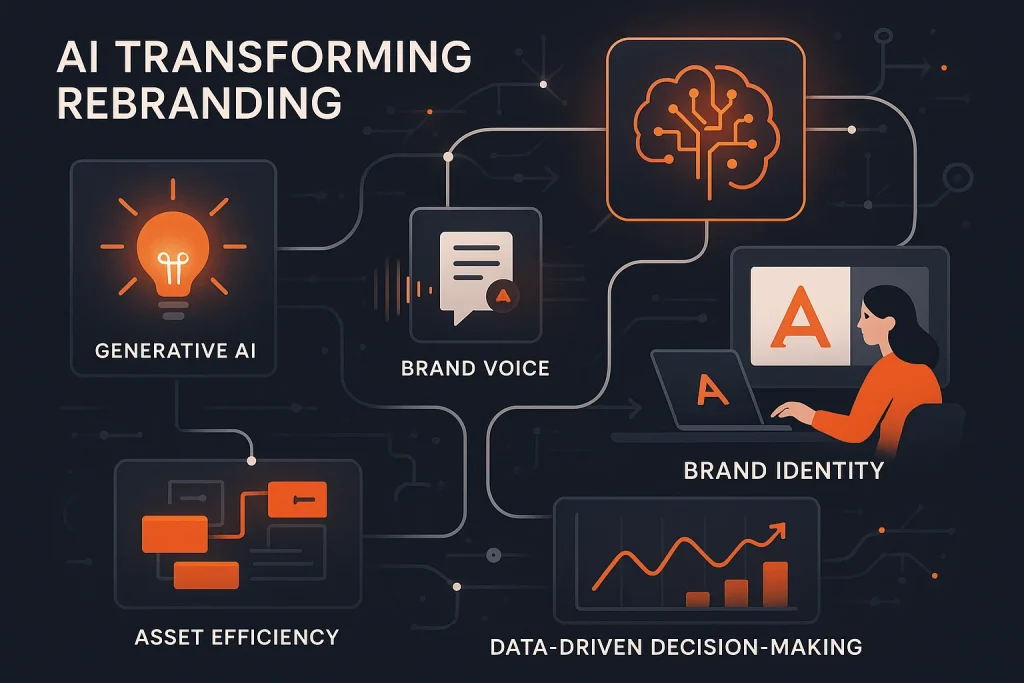
4) The tradeoff between Innovation and Brand Integrity: The Issues and Risk
Although AI has strong capabilities, it creates new threats. These risks must be dealt with deliberately in the case of rebranding with AI.
4.1 Creativity, Authenticity, and Uniqueness Lost
- Generic outputs: Due to the fact that most AI tools are trained on the same or similar data, some of the results are apt to repeat familiar patterns – there is a danger of the brands appearing to look or sound alike.
- Emotional context: AI does not understand context, culture, or emotion; it may be insensitive to diverse, local, vernacular, or cultural values. A message can be generic.
- Brand voice watering down: When numerous individuals in the organization use AI prompts too much instead of edited messages, the unique voice of a brand may be diluted. As an example, when optimized towards engagement metrics, a brand might not be seen as authentic.
4.2 Ethical, Legal and Copyright Issues
- Problems in training data: AI models are commonly trained with scraped or open datasets. Copyright or trademark difficulties may occur when the outputs are too close to any existing designs or the training data contains copyrighted information without a licence.
- Biases and impartiality: When training data is biased towards society, then the outputs of AI might reinforce stereotypes or marginalisation. Global brands have a tangible threat of cultural insensitivity or unintentional offence.
- Openness and credibility: Customers are becoming more concerned about the way in which brands apply AI. In case the brand is greatly dependent on AI in its identity or messages, but does not make real efforts, it may not be well-received.
- Regulatory / privacy risks: Personalization based on the use of customer data should be in accordance with data protection legislation (GDPR, CCPA, etc.). Errors may result in regulatory risks and loss of reputation.
- Legal risk in images and statements: In case the images created using AI duplicate the trademarks that exist, or in case the marketing texts created by AI turn out to be unverified commitments.
4.3 Operational Risks and Resistance
- Over-dependence: When relying on AI tools excessively without human supervision, it can result in inconsistent or off-brand output.
- Complexity of the workflow: The concepts of introducing new tools, training personnel, and updating the processes consume time, resources, and change management. It is not a set-and-forget thing; therefore, using AI for rebranding without human input can be risky.
- Perception risks: In case the stakeholders (employees, customers, partners) get the impression that the brand is being overly machine-made, it may cause perceived authenticity to go down. In a similar case to certain research studies, AI-generated designs were regarded as less creative or authentic.
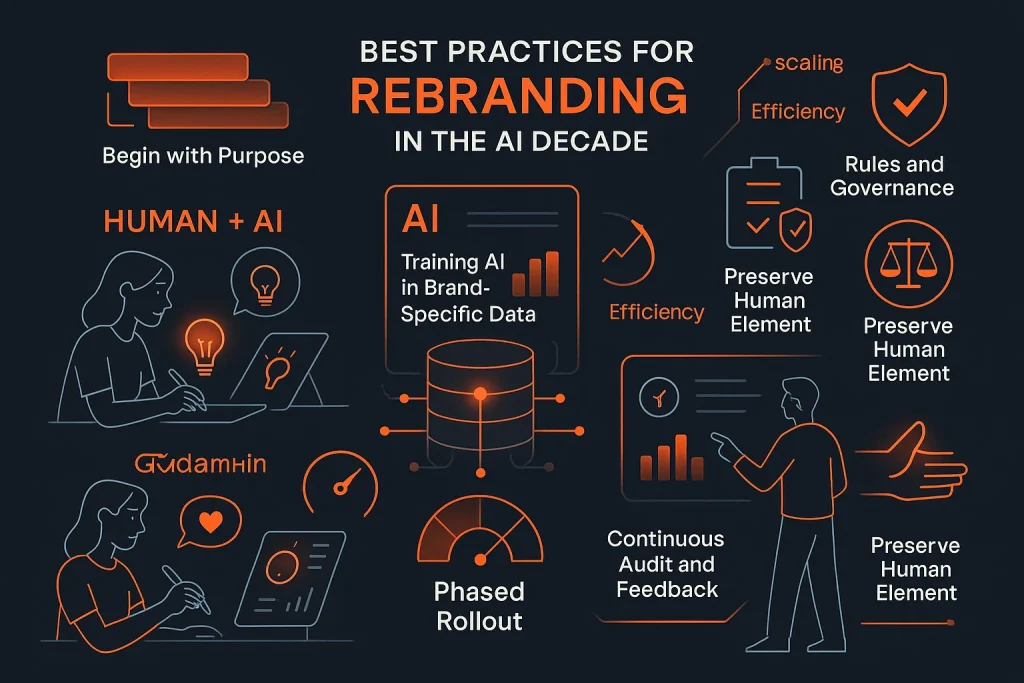
5) AI-Enabled Rebranding Best Practices and Principles
The brands, rebranding in the AI decade to use the advantages without falling into the traps, should embrace the following principles and practices.
5.1 . Begin with purpose
- What is the purpose of rebranding: what do you hope to achieve by changing, what would your customers gain or what industry changes are influencing it.
- State the fundamental identity of the brand (values, personality, differentiators) prior to involving AI. These constitute constraints/guardrails of AI.
5.2. Human + AI Collaboration
- AI helps to ideate, scale, and improve efficiency, while human creative leadership helps to refine, direct, and add authenticity.
- During the initial stages, style should be dictated by human designers, and progressively incorporate AI to assist and scale.
5.3. Rules, Regulations, Controls
- Establish or revise brand guidelines to monitor AI-generated brand materials in terms of visual, voice & tone, ethics, and legal.
- Create in-house policies regarding the use of AI: what AI tools, what data, who is monitoring results, attribution and ownership, etc.
5.4. The Models / Tools are to be Trained on Your Brand
- Where feasible, leverage proprietary information, internal history of brand assets, previous messaging, and actual feedback of real customers to condition or refine AI models, so that the results are representative of your individual brand history and personality.
5.5. Layered and Phased Rollout
- Do not attempt to change everything at a single stroke. Rank touchpoints: which are the most visible or the most important (e.g. digital, customer service, product).
- Pilots test some channels or markets, gather comments, and modify.
5.6. Continuous Audit & Feedback
- Install monitoring devices to indicate off-brand behaviour, visual discrepancies, and tone aberration.
- Do measurements of brand perception, trust, consistency, and recognition. Gather quantitative (polls, usage rates) and qualitative (clients’ feedback, focus groups) data.
5.7. Ethical Transparency
- Be transparent inside and outside regarding the application of AI.
- Make sure that the rights to ownership, copyright, and the source materials are not infringed.
- Be diverse, cultural, private, and fair with your use of AI
5.8. Preserve the Human Element
- Narratives, tales, and sympathetic communication are important. AI may assist in repeating, but human experience is unique, and it creates an emotional bond.
- When it comes to creative implementation (photography, storytelling, design flourishes), human touch can readily be the factor.
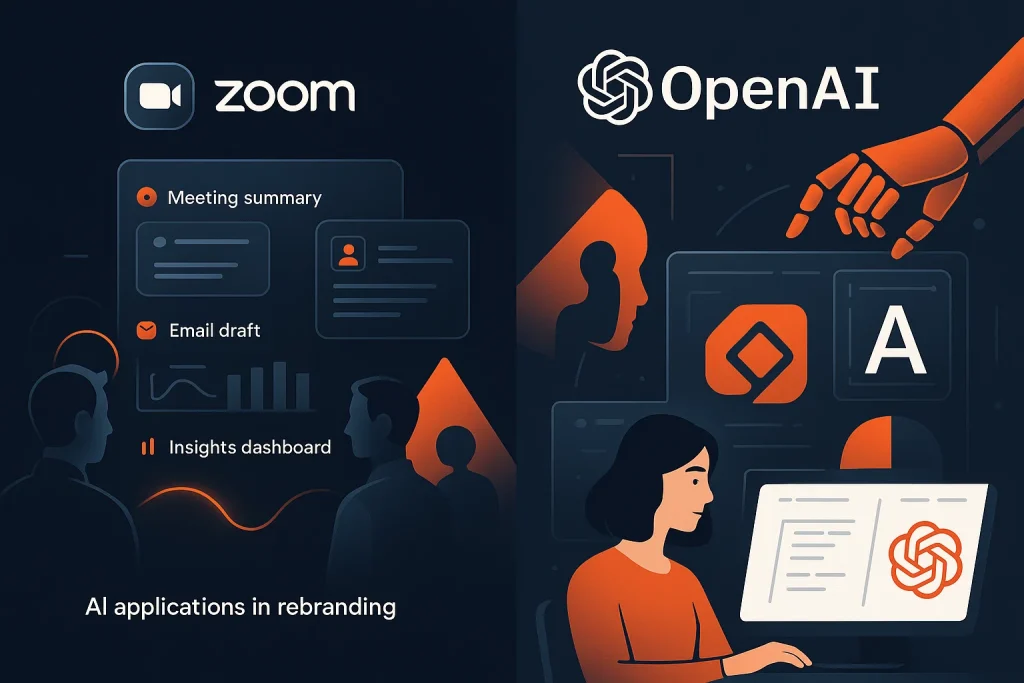
6) AI Application Examples and Case Studies.
The following are specific illustrations of AI applications in rebranding, where AI is being used by the brands for the rebranding processes:
6.1. Zoom: Reinventing as an AI-First Company
Zoom was rebranded as Zoom Communications Inc., with an AI-first approach. This rebranding goes beyond a cosmetic change; it signifies their move towards incorporating AI-oriented features (e.g. summarization, email preparer, meeting insights) to make the work experience different.
Lessons:
- Rebranding was the alignment of the company name and identity with its dynamic product roadmap.
- It had to change internally: investments in technology, product positioning, and advertising.
- It also increased the expectations: the brand is now required to provide actual AI-based value and not mere market rhetoric.
6.2. OpenAI’s New Visual Identity
OpenAI also changed its logo and adopted a new typeface (OpenAI Sans), and improved the colour palette, which is intended to make it look more organic and human. Designers harmonised the accuracy of geometry with more accessible building elements. Part of an AI application (e.g. type weight computation) supplements human design.
Lessons:
- Small details can convey large changes: even small changes (spacing of logos, the changes in a typeface) can pass the message of change.
- Human-AI interaction: AI is employed as an aid, not as a substitute, and human designers guide the design.
- Focus on the approachability and humanization – a recognition of the fact that tech brands should be warm, trusted, and approachable.
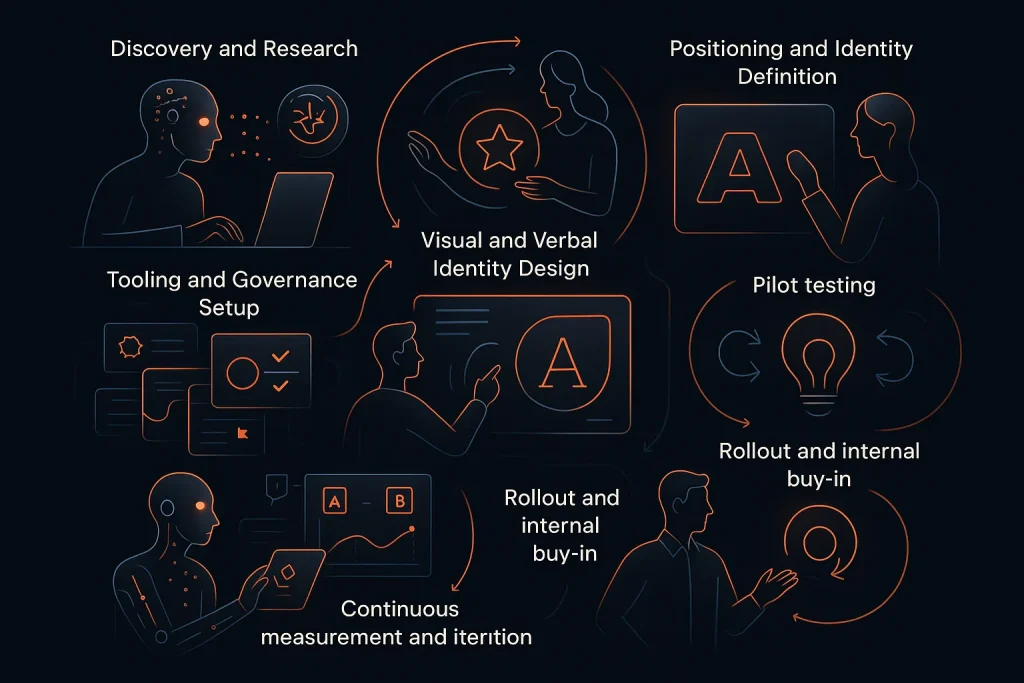
7) Rebranding Strategy Framework in the AI Decade.
Rebranding in the AI age will not be just a new logo or tagline but a redefining of how a brand learns, develops and networks in an AI-driven world. The brands can find a viable model to sail through this shift and be innovative and in charge, as shown below.
7.1. Discovery & Research
Begin with deep listening. AI can analyse customer feedback, identify market trends and competition. Balance evidence-based decision-making and human judgment to achieve cultural insights and offline facts.
7.2. Positioning and Identity Defining
Rediscover mission, values and brand personality. Artificial intelligence can help to test the message, make experiments with the wording, pursue creative paths, but the most crucial storyline must remain the story that is genuinely human. It is supposed to be understandable, not to conform.
7.3. Identity Design: Visual and Verbal
Use human imagination and the generative abilities of AI to design. AI can be leveraged to test design, colour palette, and tone of voice, but all that should be meant to work with your brand’s strategic purpose and emotional appeal.
7.4. Tooling & Governance Setup
Design the system to develop your brand on a long-term basis. AI can be used to automate templates, compliance checks and asset management, but human control is required to ensure brand integrity and intent.
7.5. Pilot & Testing
Carry out a pilot test to introduce new images and text. Quickly conduct A/B tests, conduct feedback analysis, and sentiment monitoring using AI to enable you to make minor adjustments to your product before making it entirely available.
7.6. Rollout & Internal Buy-In
Rebranding is internal and external at the same time. Optimize asset updates and consistent tracking using AI and invest in human-controlled training and narratives to produce a phenomenal buy-in between teams.
7.7. Measurement & Iteration
Work your brand as a living system. Use AI-driven analytics and sentiment analysis to measure awareness, trust, and consistency and repeat the process on an ongoing basis on the foundation of real-life responses and cultural change.
The successful rebrands of the AI era will not be replaced by the AI tools but create the appropriate balance between automation and the human touch applied to them, which makes them authentic.
8) Metrics & KPIs to Track
Here are some of the metrics that the brands must monitor to gauge success in rebranding:
- Brand awareness/recognition: pre-rebrand and post-rebrand brand tracking, Surveys, and recall studies.
- Perceived genuineness / belief: Customer feeling, trust scores, reviews.
- Consistency: Count of off-brand assets flagged, visual inconsistencies, and channel deviations of the message.
- Speed of adoption: How fast are old materials depreciated/changed; internal ease of use and comfort with new tools and guidelines.
- Efficiency improvement: Time is saved in the creation of content, costs of compliance are decreased.
- Engagement indicators: Are new visuals or voice-based engagements more effective (clicks, shares, dwell time, retention) to audiences?
- Legal / risk incidents: Any problems with copyright, regulatory non-compliance.
9) Major Pitfalls of Using AI in Rebranding.
Here are some of the pitfalls we can face when using AI in rebranding:
- Blandness: When many brands employ similar AI tools, which have a matching prompt, it will become homogenized. Brands are becoming similar. The danger is that you will get generic in the course of being modern/scalable.
- Consumer-backlash / authenticity issue: Once customers find out that the visuals or message have been created with a high degree of AI-generated content without any form of guarantee, they will be doubtful of the brand. Moreover, the reputational harm occurs due to the possibility that AI output is derivative or otherwise IP-breaching.
- Overpromising: The rebrands that claim they will do everything they can with AI and fail to do it – consumers may feel betrayed.
- Culture misfit: It happens that sometimes the brand promise fails to fit the internal culture or capability. E.g. you promote the brand as an AI brand, yet the customer care service is manual and slow, which creates a gap.
- Lack of attention to human voice: The tone is unheard in the situation when it is all generated automatically. Delicate but important narrative or storytelling facts are lost.
10) Recommendations on the Responsible Implementation of AI
Here are the recommendations to make AI use in the rebranding process accountable:
- Openness and Honesty: Be transparent about what is AI-generated, and ensure the contents are not misleading. Utilise ethically sourced datasets; copyright has to be respected.
- Bias Audits: Frequently, the audits of AI-generated content are conducted to identify bias (gender, race, culture, etc.). Engage different teams and opinions on the output reviews.
- Supervision by human beings on every level: Beginning with the idea, up to the finished product, human inputs need to be there to correct and give approval.
- Data protection/privacy: When personalization is involved, use the customer data, also ensure that the use of customer data is legal. Use anonymity where required.
- Life-long learning: The AI tools constantly evolve and, therefore, observe the new features, opportunities, new risks, and incorporate feedback loops.
Rediscover Rebranding in the Age of AI
Rebranding is not an option for the AI decade but a requirement for numerous businesses. The marketplace is evolving at a frightening pace: customers want the brands to act cleverly, be predictable, fast, to be transparent, and display values. A brand that is outdated will be dead.
Rebranding does not imply cosmetic change. It must be tactical: It must fit the reasons and look simple on the surface, combine human resourcefulness with artificial intelligence, authenticity, and risk mitigation. Well-executed brands will enjoy considerable acceleration with rebranding, with the use of AI in velocity, uniformity, magnitude, and advancement. Rebranding with AI will provide a substantial competitive advantage for brands.
Have you already experimented with AI in your branding or rebranding process? What results did you achieve? Let’s discuss in the comments!


